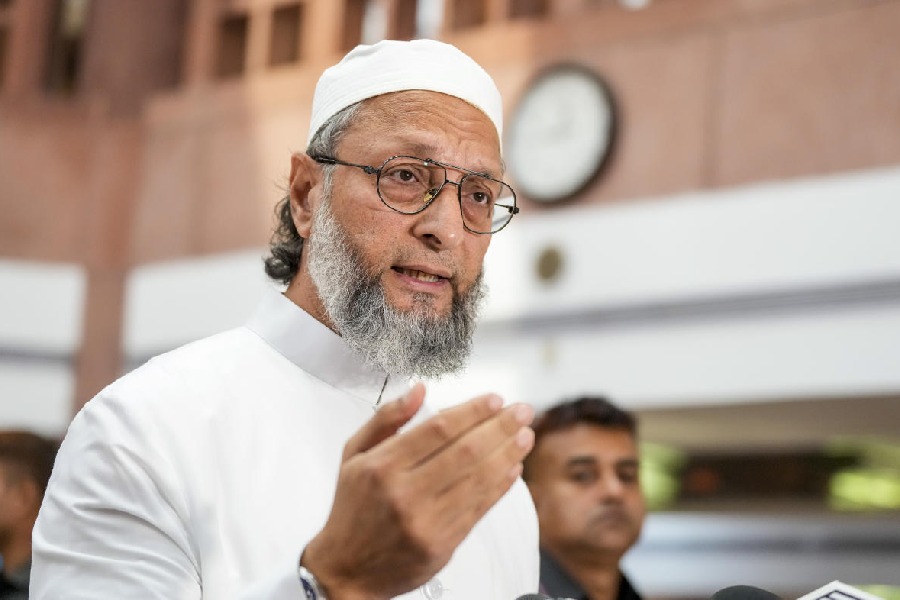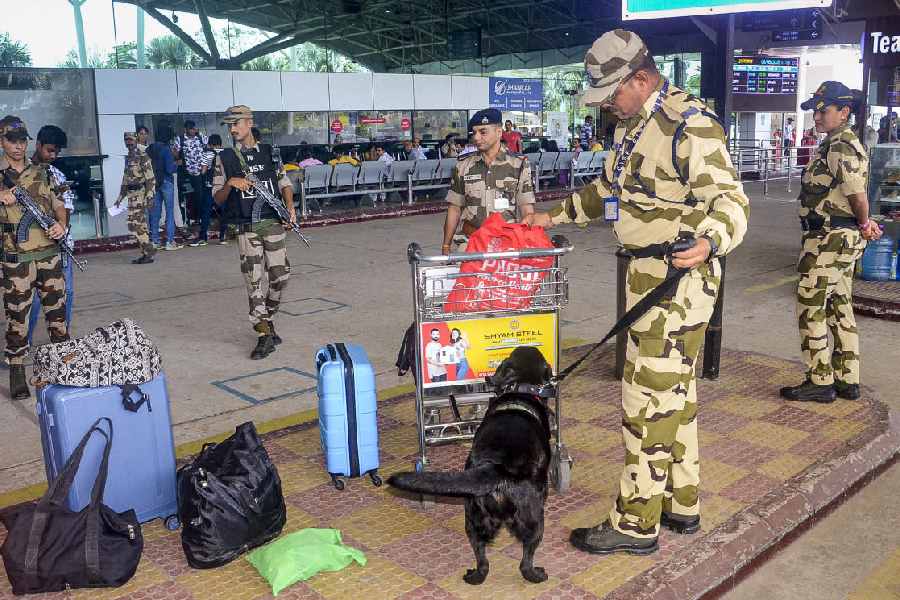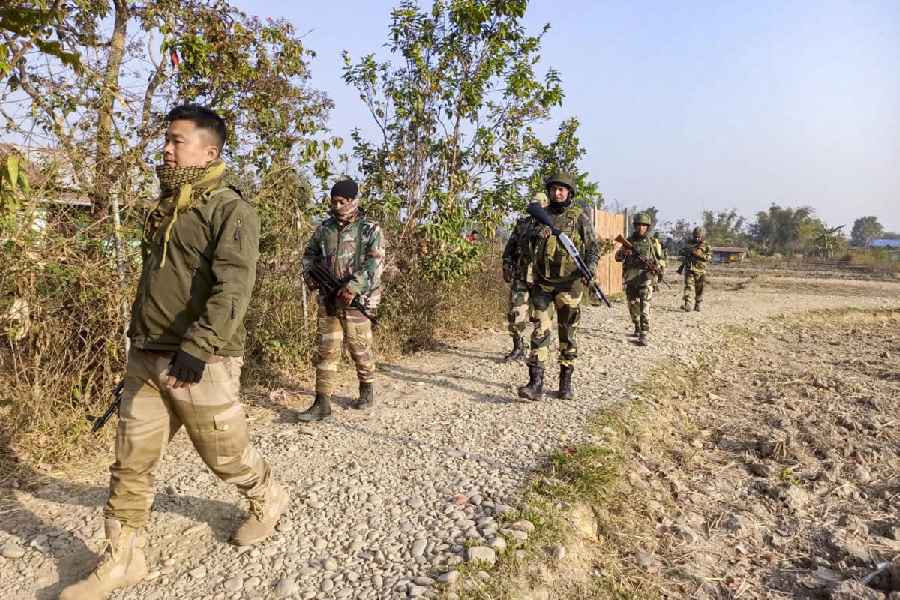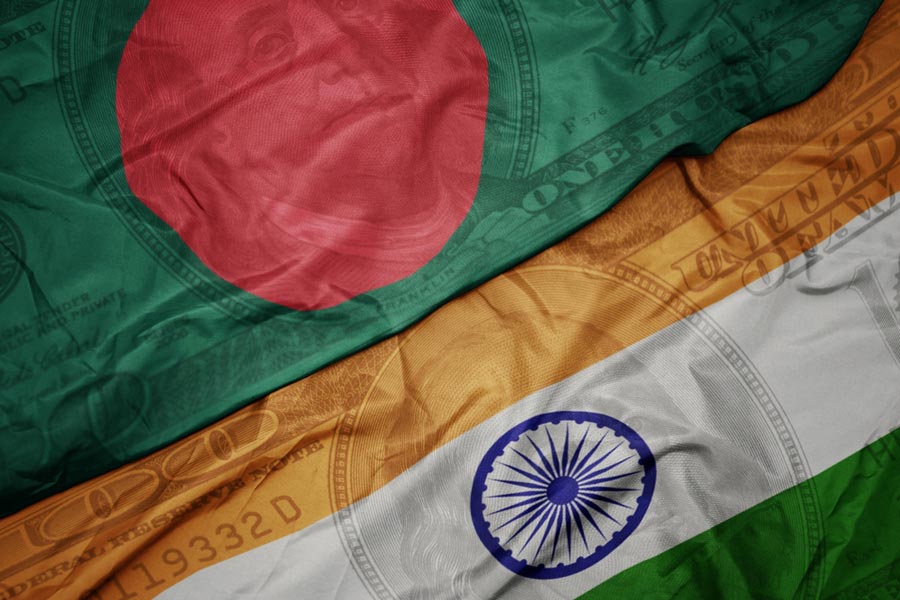The household budget of many families has gone for a toss with the prices of everything rising steadily and eating into their meagre savings.
Families with a monthly income of Rs 15,000 to Rs 25,000 are the worst-hit. Professionals are working harder to earn a little extra. But even careful planning is not enough to meet the expenses. As a result, the meagre savings that these families have are steadily depleting.
“We have stopped purchasing luxurious items but even then, we can hardly meet the household budget,” said Vandana Sinha, a homemaker and resident of Kadamkuan.
She added: “Prices of essential commodities like onions and tomatoes are hitting the sky.”
Agreeing with her, Manoj, a greengrocer with a stall near the Jagdeo Path roundabout, said: “The price of onions is Rs 50 per kg, ginger is being sold at Rs 200 per kg, tomatoes at Rs 60 per kg, coriander at Rs 200 per kg and pointed gourds at Rs 40 per kg.”
The price of LPG has also increased. Till a year ago, one could buy an LPG cylinder at Rs 360. Now, one has to shell out Rs 450 per cylinder. That too, only if you can limit your use to eight cylinders a year for which the government provides a subsidy.
While they struggle to make both ends meet, the residents have started cutting out on all gratuitous expenditure.
Shailendra Kumar, a teacher at DAV, Gola Road, said: “Everything is so expensive that we can hardly meet the day-to-day expenditure. We have forgotten about eating out or going on a holiday.”
Staying home and entertaining yourself is also pretty expensive. For most people in Patna, TV is the primary source of indoor entertainment. But with the digitisation of cable TV, one has to shell out more per month to watch favourite soaps and serials.
A source said: “Till last year, we used to pay around Rs 180-200 per month for non-digital cable TV. Now, we have a set top box and have to pay at least Rs 250 for a package.”
If meeting the expenses at home is a tough challenge, going out is equally expensive.
“Transport has also become very expensive over the past few months,” said Seema Singh, a homemaker living at Saguna Mor.
She said: “We spend Rs 3,000 every month in buying petrol for my husband’s bike. My daughter takes two autos on her way to college. Her monthly transport expenditure is Rs 1,000. My son’s monthly school bus fee is Rs 1,000.”
The prices of medicines have shot through the roof too.
Rajesh Srivastava, an employee of a private bank, said: “My mother is an arthritis patient. A few years ago, we could buy her monthly medicine for Rs 1,000. Now, they cost me just the double.”
The expenditure has increased so much that there is very little left for an emergency. “We don’t have a single penny left after meeting the expenses these days,” said Pratima Jha, whose husband is a medical representative.
She added: “I don’t know what we’ll do if an emergency crops up. Whatever we save after purchasing the essential goods is spent in the festive season, or at the beginning of the academic year or to meet other social obligations.”
High! High! High!
Concern
Steady increase in prices of all goods
Worst hit
Be a part of co-operative society registered with the government so that they can be made to pay the taxes against public services and amenities
Too high
LPG: One could buy cooking gas cylinders for Rs 360 last year. Now, one has to spend Rs 450 Entertainment: Eating out is out of the question. Staying home and watching digital TV also expensive
Result
As expenses shoot upwards, they eat into the meagre saving










